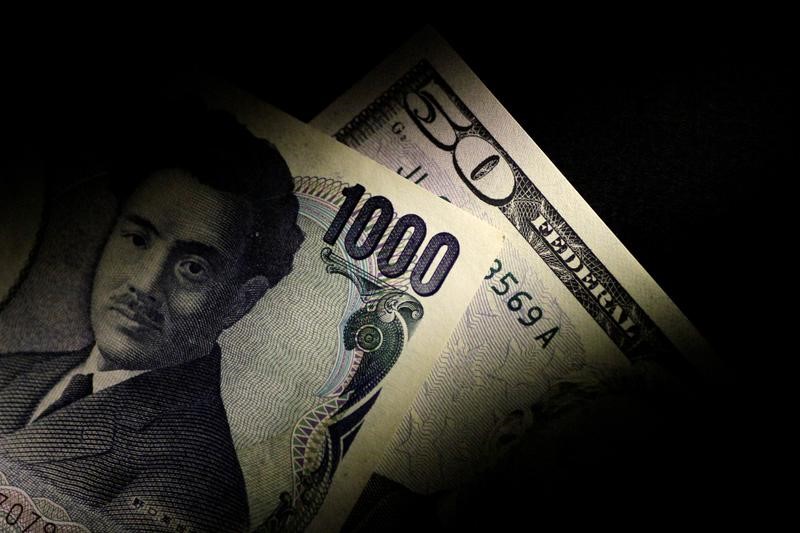By Peter Nurse
Investing.com - The U.S. dollar soared in early European trade Wednesday, rising to a fresh 24-year high against the Japanese yen as traders anticipate further aggressive monetary tightening by the Federal Reserve.
At 03:50 ET (07:50 GMT), the Dollar Index, which tracks the greenback against a basket of six other currencies, traded 0.2% higher to 110.450, just off a new 20-year high of 110.680.
Helping the dollar rise was more healthy U.S. economic data, with the country’s important services sector unexpectedly seeing activity accelerate in August, giving the Fed more space to hike interest rates sharply when policymakers next meet later this month.
The Fed must lift interest rates to a level that restrains economic activity and keep them there until policymakers are "convinced" that inflation is subsiding, Richmond Fed President Thomas Barkin said Tuesday, in an interview with the Financial Times.
Traders are now pricing in an over 70% chance that the central bank will raise rates by 75 basis points in September.
This aggressive action is in stark contrast to the accommodative monetary policy stance taken by the Bank of Japan, resulting in USD/JPY soaring to new 24-year highs, up 0.9% to 144.01. This is just off the 144.38 level seen earlier Wednesday, the pair’s highest since August 1998.
The yen has dropped around 25% against the dollar this year, on track for its worst year on record, raising the likelihood of intervention from Japanese officials.
The administration would like to take necessary steps if "rapid, one-sided" moves in currency markets continue, Chief Cabinet Secretary Hirokazu Matsuno, told a news briefing earlier Wednesday.
Elsewhere, EUR/USD rose 0.1% to 0.9911, not far from Tuesday's two-decade low, but helped by German industrial production only falling 0.3% in July, better than the 0.5% drop expected as the region’s top economy struggles on cope with soaring energy prices.
The European Central Bank is widely expected to raise interest rates on Thursday given inflation is rapidly approaching double digits in the Eurozone, while European Union ministers are set to meet on Friday to discuss the energy crisis that is hammering industry and squeezing households.
GBP/USD fell 0.2% to 1.1490, just off Monday’s 2-1/2-year low of 1.1444, with the Bank of England predicting that the U.K. will enter a prolonged recession at the end of this year as citizens struggle with a cost-of-living crisis.
New U.K. prime minister, Liz Truss, promised a major package of support as early as this week to tackle soaring energy bills, potentially announcing on Thursday that the government will spend as much as £200 billion ($230 billion) over the next 18 months.
Risk-sensitive AUD/USD traded 0.2% lower at 0.6721, while USD/CNY rose 0.2% to 6.9665, with the yuan at a two-year low and just below the widely-watched 7.0 level, after data showed that China’s trade surplus came significantly below expectations for August, with both imports and exports disappointing amid continued economic disruptions in the country.
USD/PLN fell 0.1% to 4.7696 ahead of the latest meeting of Poland’s central bank later in the session. Policymakers are expected to lift the benchmark rate by 25 basis points to 6.75%, but this may be one of the last rate increases of this monetary tightening cycle as it shifts the focus from fighting inflation to avoiding an economic downturn.
